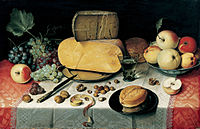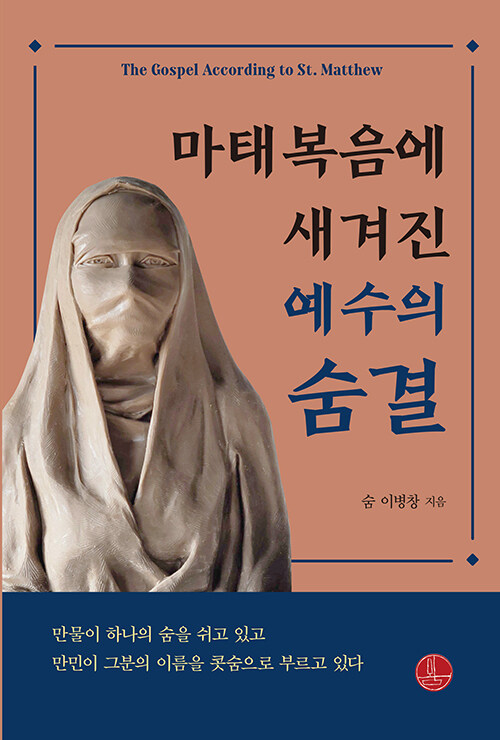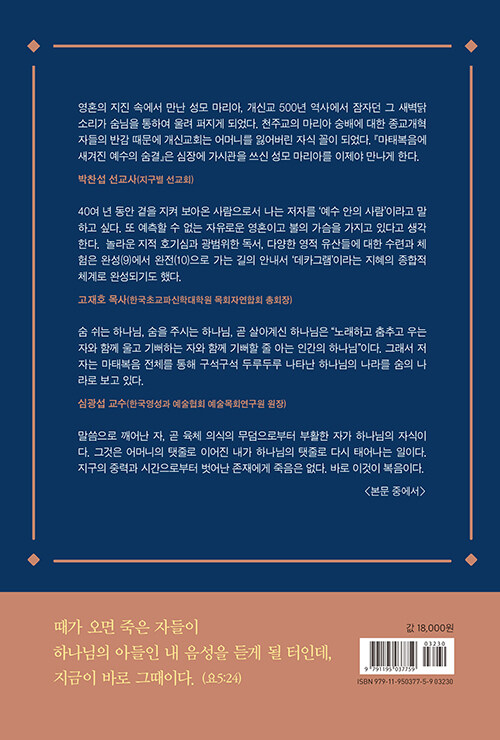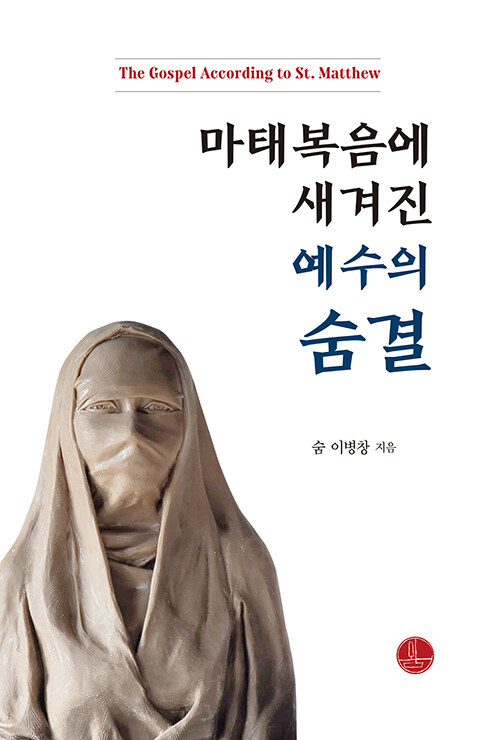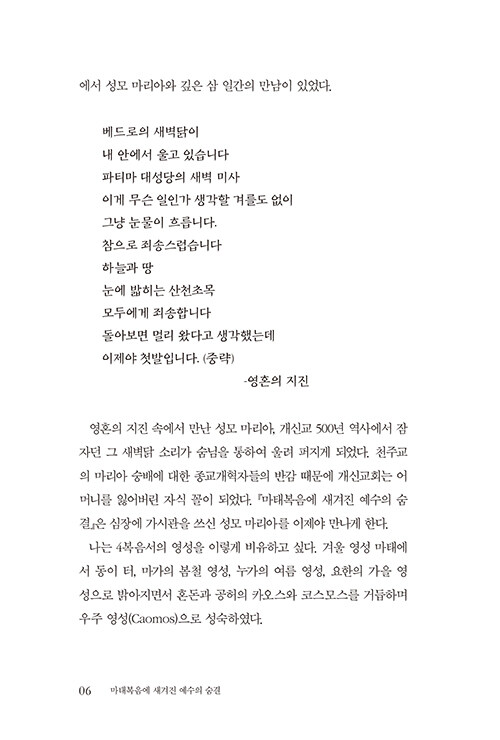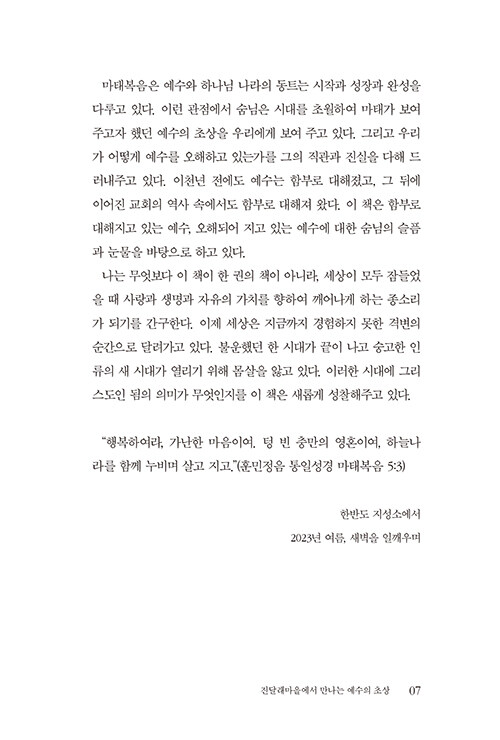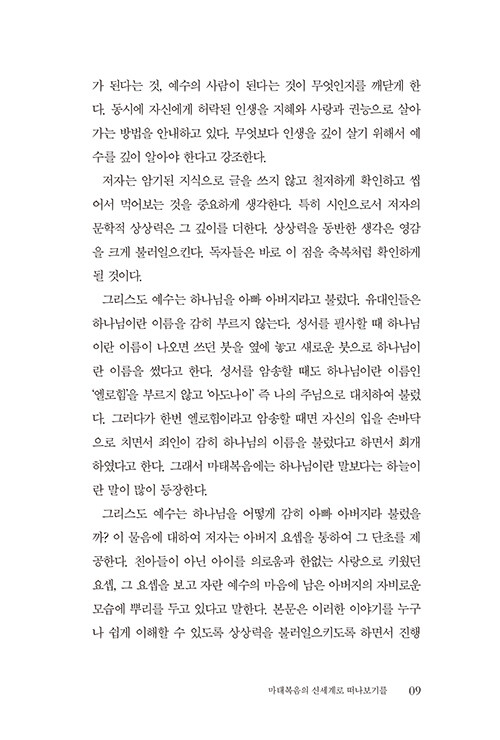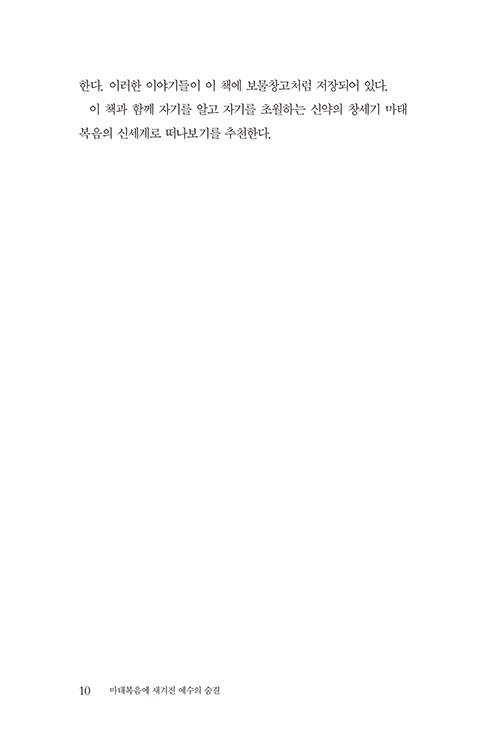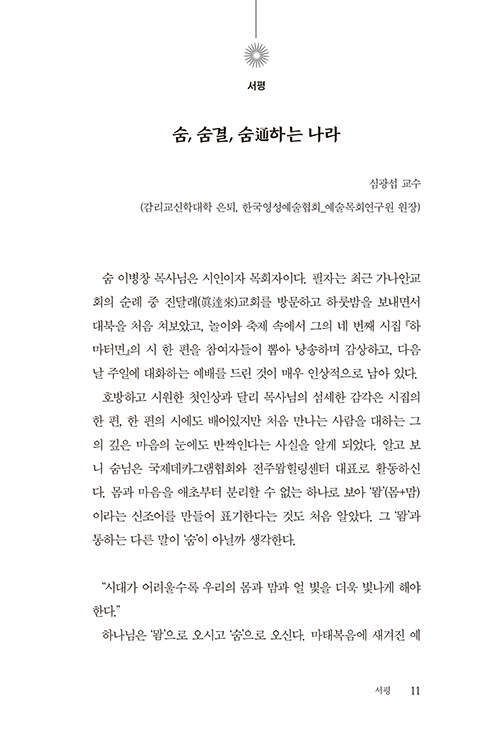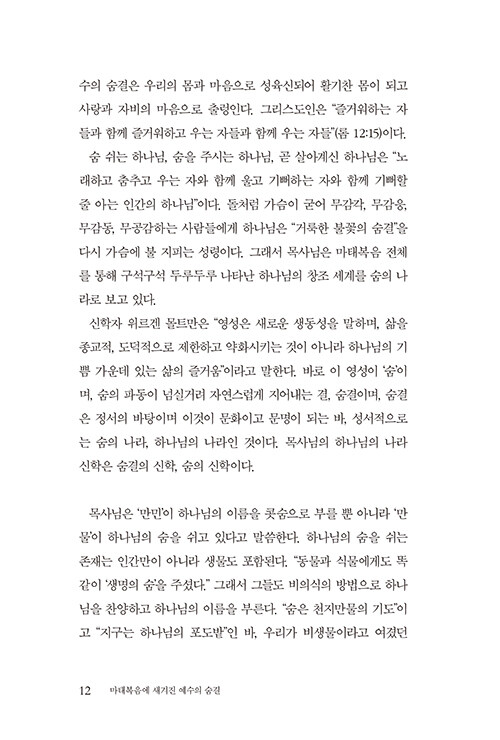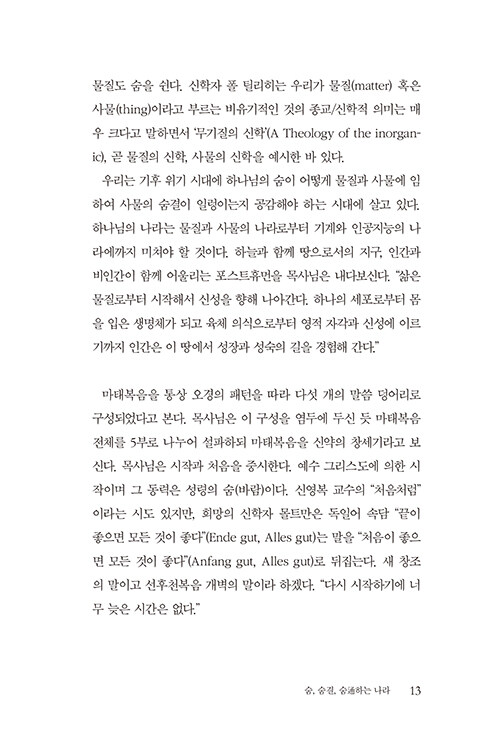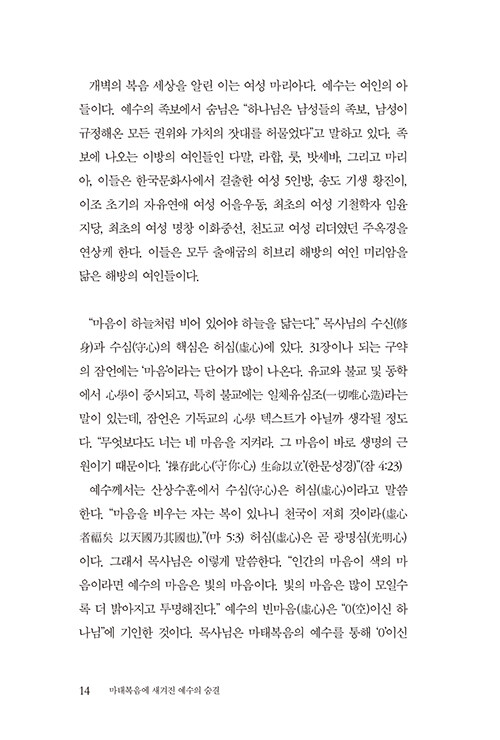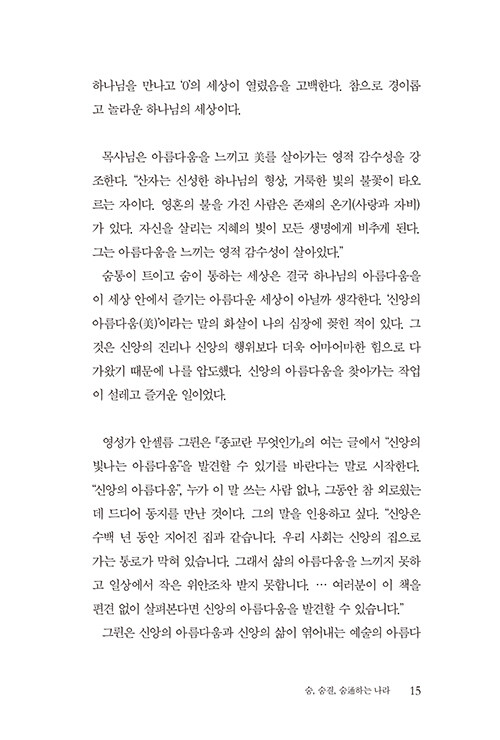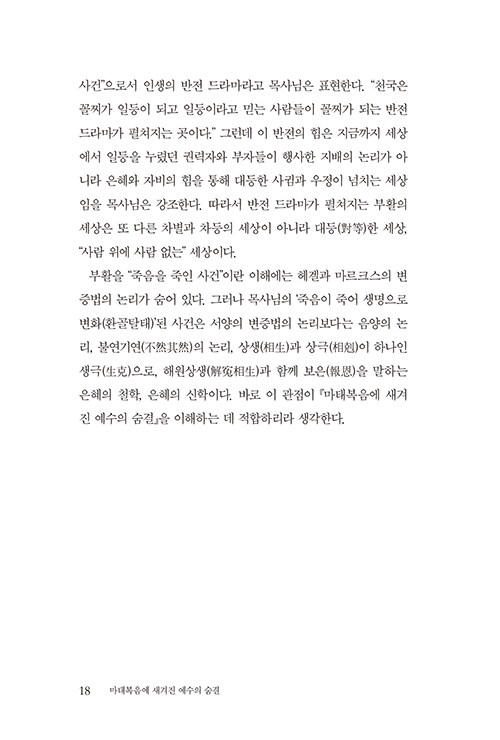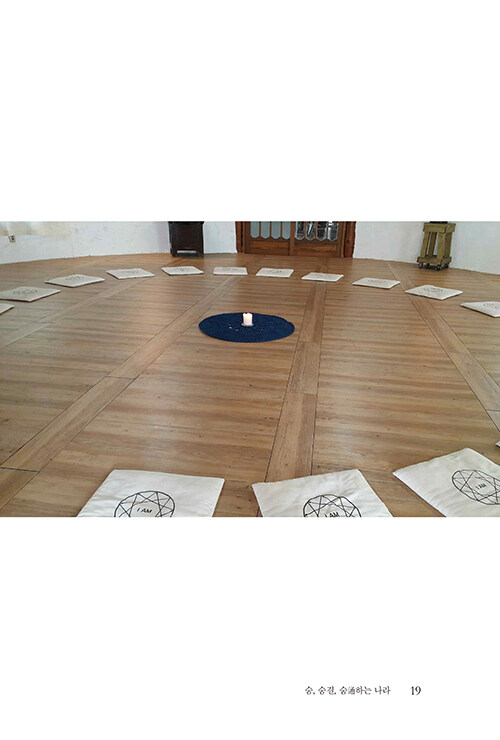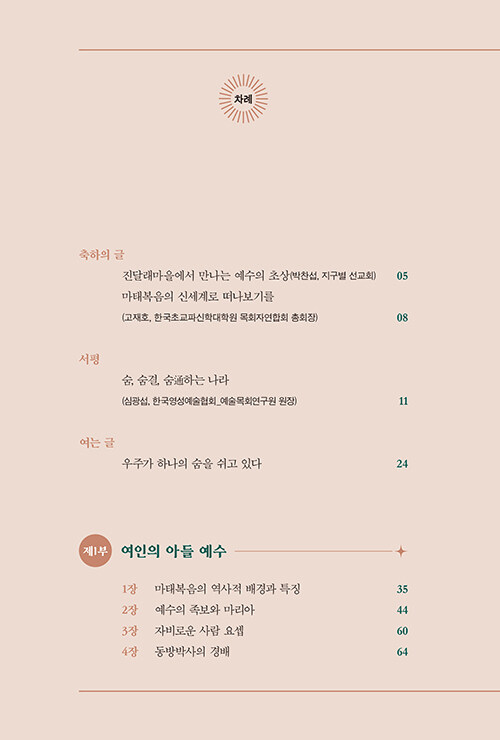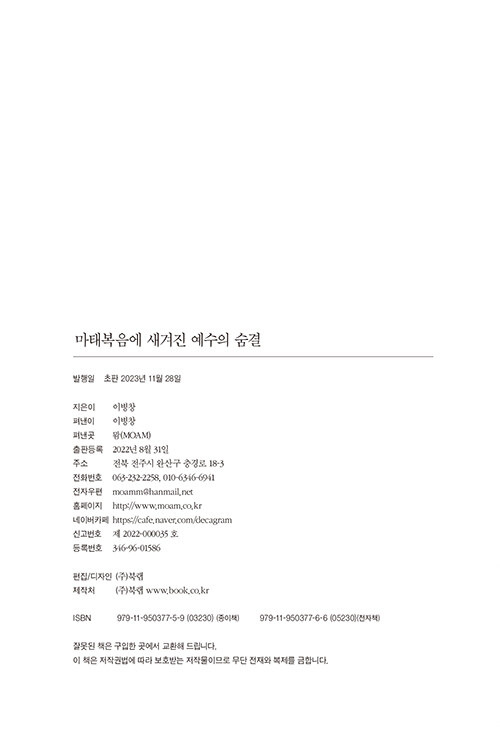Tea (meal)

Tea (in reference to food, rather than the drink) has long been used as an umbrella term for several different meals. English writer Isabella Beeton, whose books on home economics were widely read in the 19th century, describes meals of various kinds and provides menus for the "old-fashioned tea", the "at-home tea", the "family tea", and the "high tea".[1]
Teatime is the time at which this meal is usually eaten, which is mid-afternoon to early evening.[2] Tea as a meal is associated with the United Kingdom and some Commonwealth countries. Some people in Britain and Australasia refer to their main evening meal as "tea" rather than "dinner" or "supper", but generally, with the exception of Scotland, Northern England, and New Zealand, "tea" refers to a light meal or a snack.[citation needed] A tea break is the term used for a work break in either the morning or afternoon for a cup of tea or other beverage.
The most common elements of the tea meal are the drink itself, with cakes or pastries (especially scones), bread and jam, and perhaps sandwiches; these are the pillars of the "traditional afternoon tea" meals offered by expensive London hotels.[3] Other types of both drink and food may be offered at home.
Historic usage[edit]
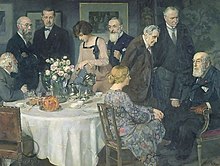
The timing of the "tea" meal has moved over the centuries in response to the migration of the main meal, dinner. Until the late 18th century dinner was eaten at what is now called "lunchtime", or in the early afternoon; supper was a later and lighter meal. Dinner remains a midday meal in some regions. Gradually, dinner began to migrate, amid much controversy, until by about 1900 it arrived at its present timing, in most places, in the evening. At first, the "tea" meal was often in the early evening, some three or four hours after mid-day dinner; another version of the tea meal was even later, after a supper and before bed.[4]
In 1804 Alexandre Balthazar Laurent Grimod de La Reynière wrote (in French) about afternoon tea in Switzerland:
Observance of the custom originated amongst the wealthy social classes in England in the 1840s.[6] The Oxford English Dictionary provides citations dating back a century before this, in reference to tea as a social gathering. The earliest is from Jonathan Swift's satirical etiquette guide, A Complete Collection of Genteel and Ingenious Conversation (1738), "Whether they meet..at Meals, Tea, or Visits". John Wesley and Harriet Martineau also are quoted. [7] Philosopher Thomas Carlyle and his wife Jane Welsh Carlyle invited guests for 7 pm to their teas in the 1850s, although "afternoon tea" before dinner was also becoming established by this time.[8]
By the end of the 19th century, afternoon tea developed in its current form and was taken by both the upper and middle classes. It became ubiquitous, even in the isolated village in the fictionalised memoir Lark Rise to Candleford, where a cottager prepares what she calls a "visitor's tea" for their landlady: "the table was laid... there were the best tea things with a fat pink rose on the side of each cup; hearts of lettuce, thin bread and butter, and the crisp little cakes that had been baked in readiness that morning."[9]
Commercial establishments known as teahouses or tearooms (similar to a coffeehouse) were once common in the UK, but they have declined in popularity since WWII. A.B.C. tea shops and Lyons Corner Houses were successful chains of such establishments, and played a role in opening up possibilities for Victorian women. A list of significant tea houses in Britain gives more examples. They served light snacks or full meals all day, some of them late into the evening. They were well-lit and did not serve alcohol.
Afternoon tea[edit]


Afternoon tea is a light meal typically eaten between 3:30 pm and 5 pm. Traditionally it consisted of thinly-sliced bread and butter, delicate sandwiches (customarily cucumber sandwiches or egg and cress sandwiches) and usually cakes and pastries (such as Battenberg cake or Victoria sponge). Scones (with clotted cream and jam) would also be served (as they are for cream tea). The sandwiches are usually crustless, cut into small segments, either as triangles or fingers, and pressed thin. Biscuits are not usually served.
Nowadays, a formal afternoon tea is more of a special occasion, taken as a treat in a hotel. The food is often served on a tiered stand ('serving tower'); there may be no sandwiches, but bread or scones with butter and jam, or toast, muffins or crumpets.[10][11][12]
Formal afternoon tea remains a popular tradition in the Commonwealth, particularly at fine hotels. Afternoon tea ceremonies at Canada's grand railway hotels are a well-known tradition across the country.[13]

Cream tea[edit]

This snack is associated with the West Country, i.e. Cornwall, Devon, Dorset and Somerset. It usually consists of scones, clotted cream, strawberry jam, and tea to drink. Some venues will provide butter instead of clotted cream. In Australia, this is commonly referred to as Devonshire Tea.
Evening high tea[edit]
"High tea" is an evening meal, sometimes associated with the working class, in particular after sports matches, especially cricket. It is typically eaten between 5 pm and 7 pm. This was also sometimes called a "meat-tea" in the past.[14]
In some parts of the United Kingdom (namely, the North of England, North and South Wales, Scotland, and some rural and working class areas of Northern Ireland), people traditionally call their midday meal dinner and their evening meal tea (served around 6 pm), whereas elsewhere people would call the midday meal lunch or luncheon and the evening meal (served after 7 pm) dinner (if formal) or supper (if informal).[15]
High tea typically consists of a savoury dish (either something hot, or cold cuts of meat such as ham salad), followed by cakes and bread, butter and jam.[16] In The Cambridge Social History of Britain, 1750–1950, high tea is defined thus:
A stereotypical expression "You'll have had your tea", meaning "I imagine you have already eaten", is used to parody people from Edinburgh as being rather stingy with hospitality.[18] A BBC Radio 4 comedy series of this name was made by Graeme Garden and Barry Cryer.
Australian, South African and New Zealand[edit]
In South Africa and New Zealand, and historically in Australia, a small informal social gathering usually at someone's home for tea and a light meal (e.g. biscuits, scones, or slices of cake or sandwiches) in the mid-afternoon is referred to as "afternoon tea". More generally, any light meal or snack taken at mid-afternoon, with or without tea or another hot drink, may also be referred to as "afternoon tea". When taken at mid-morning instead of mid-afternoon, the term "morning tea" is used in place of "afternoon tea" in Australia and New Zealand. These usages have declined in popularity in recent years, in tandem with the rise in coffee culture, particularly in Australia.[19] The term high tea is now used in the southern hemisphere to describe formal afternoon teas. Formal afternoon teas are often held outside the private home in commercial tea rooms, function venues, hotels, or similar.[20]
In Australia and New Zealand, a break from work or school taken at mid-morning is frequently known as "morning tea", and a break at mid-afternoon as "afternoon tea," both with or without the tea being drunk. A smoko, originally meaning a cigarette break, is also used as slang for a break, especially for people working in manual work.
See also[edit]
- Merienda, the Hispanic analogue
- Tea culture
- Tea dance
- Tea in the United Kingdom
- Tea lady, an employee in a hospital or place of work
- Tea set, the tea pot, sugar bowl, milk jug, etc.
- Tiffin
- Elevenses
- Palm court, a room in a hotel where tea dances took place
References[edit]
- ^ Beeton, Isabella (1898). "Tea". Mrs Beeton's Cookery Book and Household Guide (New and Greatly Enlarged ed.). London: Ward, Lock & Co., Ltd. pp. 263–264. Retrieved 13 March 2019 – via Google Books.
- ^ Copeman, Dawn (2006). "It's Time for Tea". Time Travel Britain. Retrieved 13 March 2019.
- ^ "Teas at the Ritz Hotel, London". Archived from the original on 9 June 2019. Retrieved 9 June 2019.
- ^ Ayto, John (2012). The Diner's Dictionary (2nd ed.). Oxford University Press. ISBN 978-0-19-964024-9.
Tea seems first to have established for itself a particular niche in the day in the 1740s, by which time it had become the fashionable breakfast drink. It was also drunk after dinner, and as the usual time for dinner progressed during the 18th century towards the evening, a gap opened up for a late-afternoon refreshment, filled by what has since become the traditional English afternoon tea, a meal in its own right, with sandwiches and cake as well as cups of tea (amongst the earliest references to it are these by Fanny Burney in Evelina, 1778: "I was relieved by a summons to tea," and by John Wesley in 1789: "At breakfast and at tea... I met all the Society"; Anna Maria Russell, Duchess of Bedford (1783–1857), famously claimed to have originated the fashion, but it was in existence well before she was in a position to have any influence over it). In various other parts of the English-speaking world, teatime has assumed other connotations: in Jamaica it is the first meal of the day, while for Australians and New Zealanders it is a cooked evening meal – a usage reflected in the tea, and more specifically the "high tea", of certain British dialects, predominantly those of the working class and of the North (the term high tea dates from the early 19th century).
- ^ Grimod de La Reynière, Alexandre-Balthazar-Laurent (1804). Almanach des Gourmands, Seconde Année. Paris: Maradan. Retrieved 5 August 2021.
- ^ p. 209, Pool, Daniel (1993) "What Jane Austen Ate and Charles Dickens Knew", Touchstone/Simon & Schuster, New York
- ^ "Home : Oxford English Dictionary". www.oed.com. Retrieved 15 January 2022.
- ^ Flanders, 229-231
- ^ Pettigrew, Jane (2001). A Social History of Tea. London: The National Trust. pp. 102–5.
- ^ Mason, Laura; Brown, Catherine (1999), From Bath Chaps to Bara Brith, Totnes: Prospect Books.
- ^ Pettigrew, Jane (2004), Afternoon Tea, Andover: Jarrold.
- ^ Fitzgibbon, Theodora (1972), A Taste of England: The West Country, London: JM Dent.
- ^ Parker, Catherine (8 April 2019). "6 Places to Take Afternoon Tea Across Canada". Wander with Wonder. THOT Information Services LLC. Retrieved 11 March 2022.
- ^ Flanders, 231
- ^ "Tea with Grayson Perry. Or is it dinner, or supper?". The Guardian. London. August 2012. Retrieved 15 August 2013.
- ^ "What's the Difference Between High Tea and Afternoon Tea?". The Spruce Eats. Retrieved 10 March 2022.
- ^ Thompson, FML; Oddy, Derek J. (1990). "5". The Cambridge Social History of Britain, 1750-1950. CUP. p. 260.
- ^ Morton, Brian (26 April 2013). "On Glasgow and Edinburgh, By Robert Crawford". The Independent. Archived from the original on 26 May 2022. Retrieved 25 January 2017.
- ^ Whitehead, RJ. "Subscribe to our FREE newsletter Your e-mail address Subscribe Hot drinks down under: Australia's coffee culture booms, but tea could do with a lift". Food Navigator Asia. William Reed Limited. Retrieved 11 March 2022.
- ^ "It's love in the afternoon as Australians lap up 'high' tea". The Age. Retrieved 6 January 2015.
Further reading[edit]
- Flanders, Judith, The Victorian House: Domestic Life from Childbirth to Deathbed, 2003, Harper Perennial, ISBN 0007131895
- Post, Emily (1922). "Chapter XIII: Teas and Other Afternoon Parties". Etiquette.


